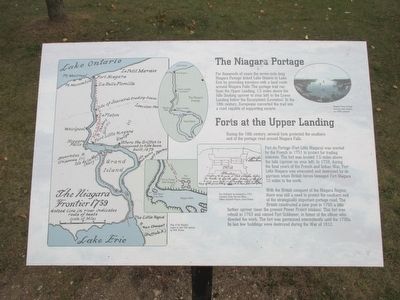Welcome to Fort St. Joseph, a fascinating historical site established in 1697. Situated in what is now Niles, Michigan, this fort played a crucial role in the colonial history of North America. Originally built by the French, Fort St. Joseph was intended as a trading post and military fortification. It became a vital hub for the fur trade, linking the Great Lakes with the Mississippi River and beyond.
The fort’s strategic location made it the focus of various colonial powers. Over its history, Fort St. Joseph was occupied by the French, British, Spanish, and Americans, each leaving its mark on the site. One of the most significant events was the British takeover in 1761 during the French and Indian War, marking the decline of French power in the region.
Notably, the fort was temporarily captured by a Spanish force led by Captain Eugenio Pouré in 1781, in what became known as the only Spanish military action in the Midwest during the American Revolutionary War. This brief occupation was part of a larger Spanish campaign to assist the American colonies by distracting British forces.
Prominent figures such as French fur traders, Native American leaders, and European dignitaries frequented the fort. The site’s history reflects the complex interactions between European settlers and Native American tribes, including the Potawatomi, who were essential partners in the fur trade.
In the early 1800s, with the changing political landscape and the decline of the fur trade, Fort St. Joseph was gradually abandoned. Rediscovered by archaeologists in the 20th century, the site has since been the focus of extensive excavations, revealing artifacts that tell the story of its diverse past. Today, visitors can explore the site through guided tours and annual open-air archaeological digs, stepping back into a time when Fort St. Joseph was a crossroads of cultures and empires.



